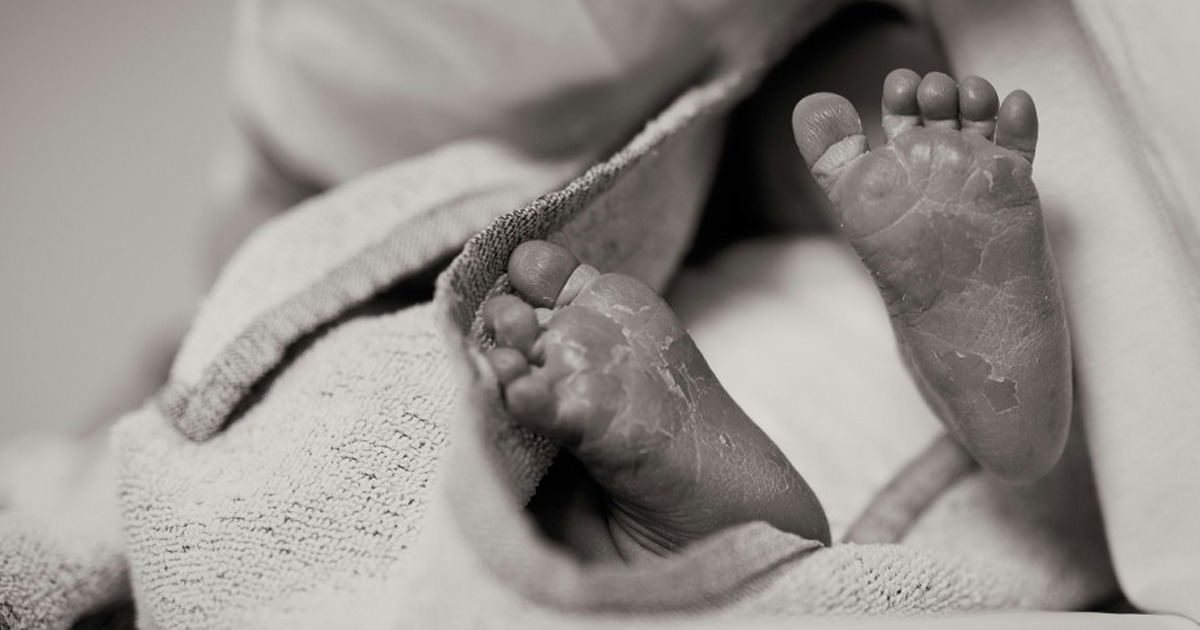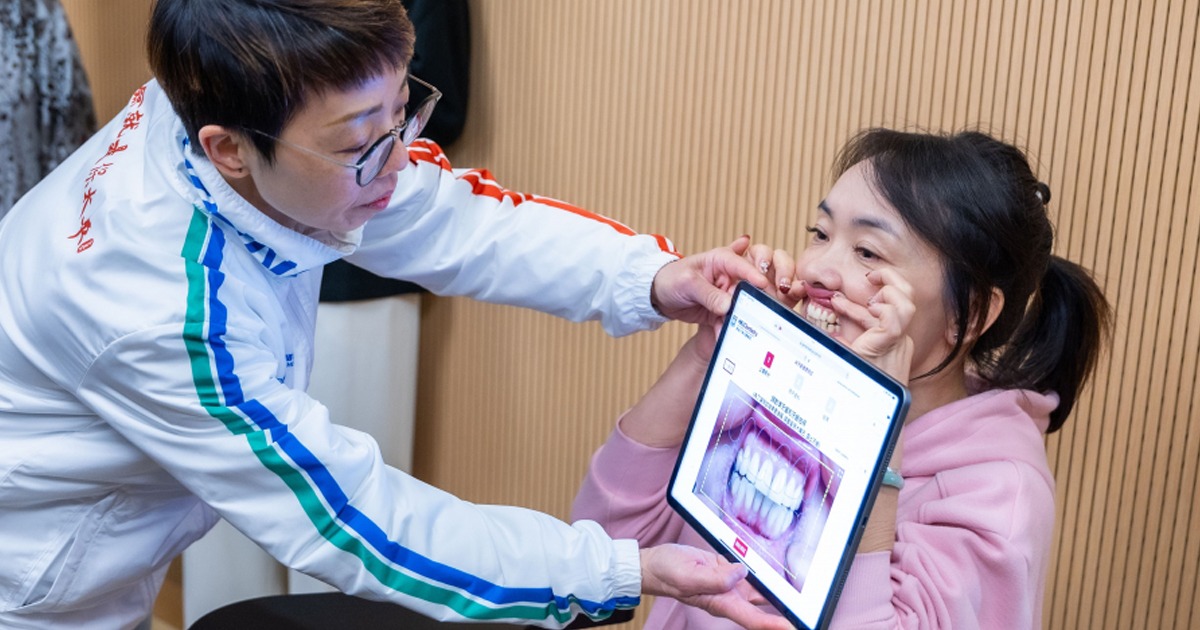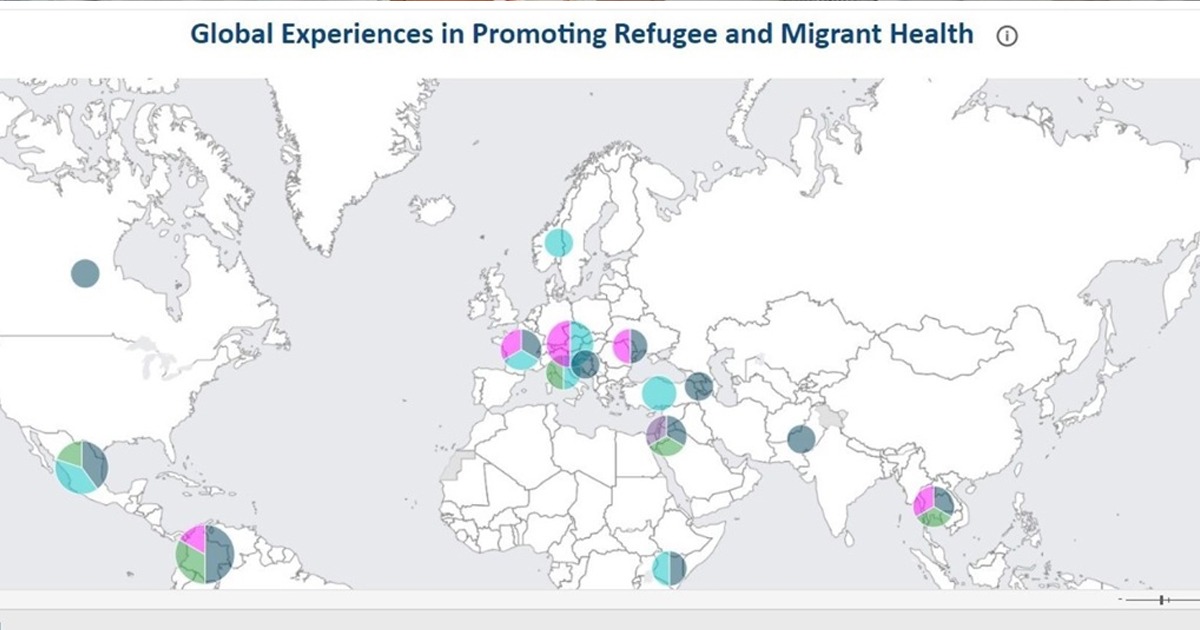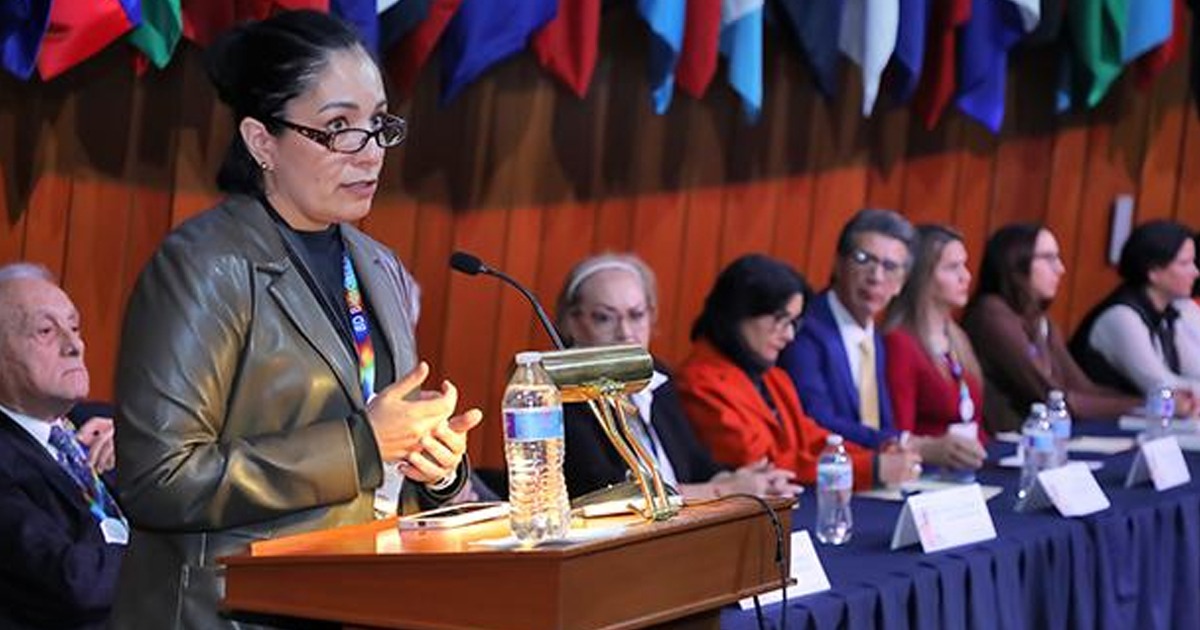During the health emergency in 2020, Argentina successfully developed several telehealth programs.
The use of digital technology and information systems in healthcare during 2020 was key to dealing with the health emergency. Argentina had a solid base in terms of telehealth and telemedicine services, thanks to the public investment in telehealth made in 2007.
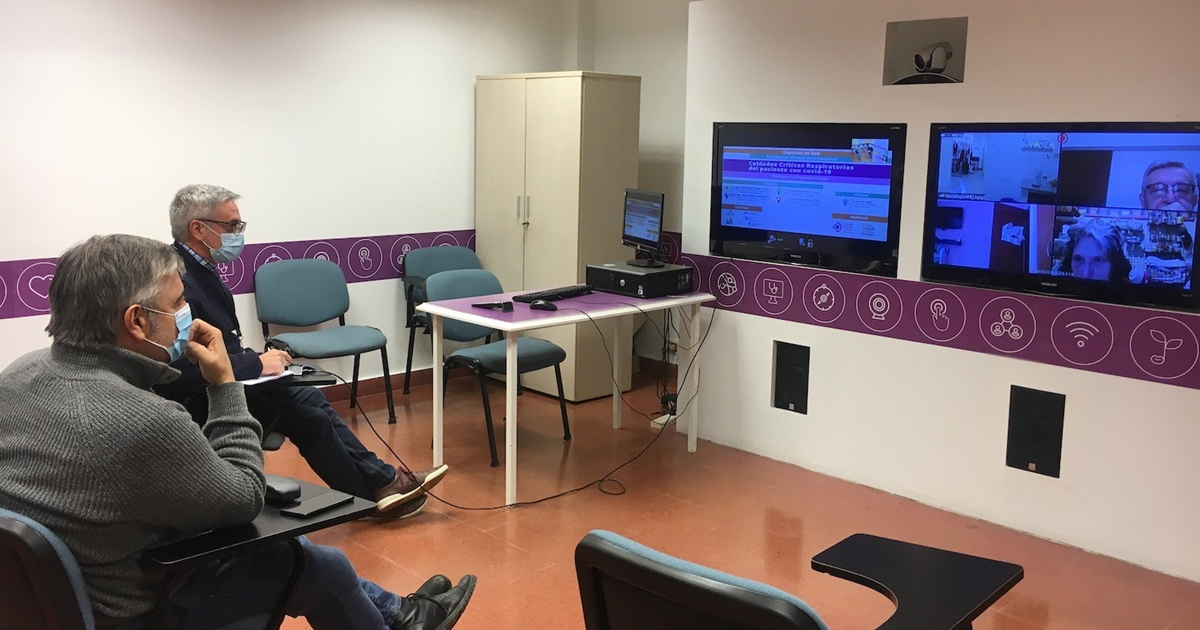
Telehealth was key to continuing medical care during the pandemic in Argentina, and was also useful for the timely identification of suspected cases of COVID-19, as well as for the remote monitoring of confirmed patients with the disease.
The Pan American Health Organization (PAHO), together with the Ministry of Health, collaborated during the pandemic; even before the health emergency, they had jointly developed the Federal Telehealth and Remote Communication Network. PAHO in this context was key to intervene in the timely launch of Telecovid, working hand in hand with systems engineers and consultants, for the development of this program.
"Telecovid has allowed suspected or confirmed COVID-19 patients to easily arrange clinical care through the centralized platform that refers the patient to the appropriate health facility and book teleconsultations for monitoring and care," PAHO explains. During 2020 through the Telehealth program, were carried out 120,000 consultations thanks to the emergence of Telecovid managed to provide six times more consultations than in 2019.
The Federal Telehealth Network, also had a significant expansion during 2020, they went from 320 institutions connected to the network to 810. In addition, primary health care facilities increased 10 times. This expansion registered a growth from 40 to 399 facilities, most of them located in rural areas.
PAHO collaborated with the Inter-American Development Bank (IDB) to develop an assessment tool to evaluate levels of preparedness for the implementation of a telehealth program. This study made it possible to achieve a better allocation of resources among hospitals and health facilities.

